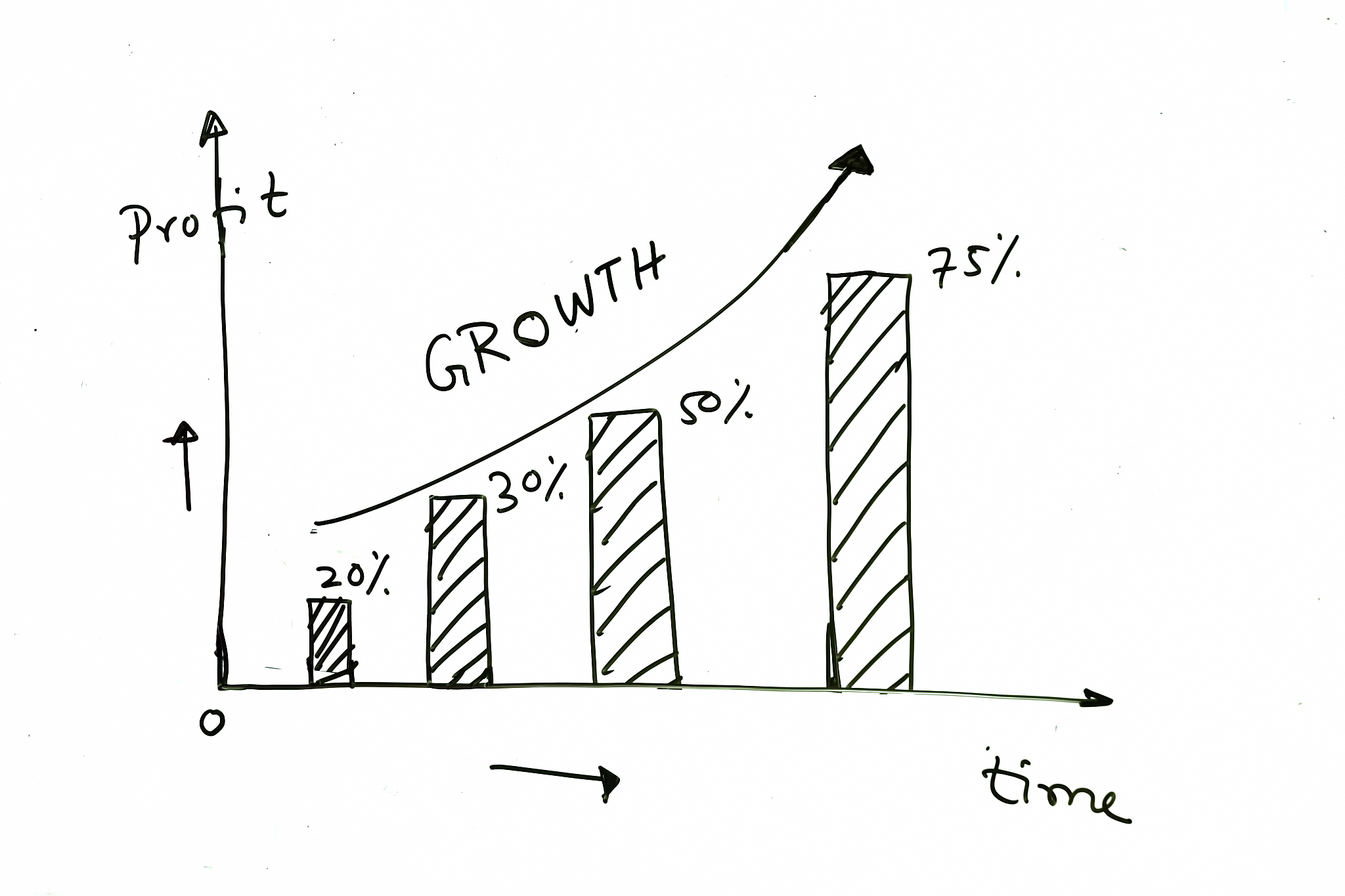模拟退火算法优化单品销售组合以最大化利润
import pandas as pd import random import math
读取数据
data = pd.read_csv('data5.csv')
获取所有的分类名称
categories = data['分类名称'].unique()
定义单品利润字典
profits = {}
定义销量字典
sales = {}
计算每个单品的利润率和销量
for category in categories: category_data = data[data['分类名称'] == category] for index, row in category_data.iterrows(): profit_rate = (row['成本加成定价'] - row['批发价格']) * (1 - row['单品损耗'] * 0.01) if row['单品名称'] in profits: profits[row['单品名称']] += profit_rate * row['销量'] sales[row['单品名称']] += row['销量'] else: profits[row['单品名称']] = profit_rate * row['销量'] sales[row['单品名称']] = row['销量']
定义目标函数,即总利润
def objective_function(solution): total_profit = 0 for item in solution: total_profit += profits[item] return total_profit
定义约束函数,即每天单品销售种类在27到33种
def constraint_function(solution): if len(set(solution)) >= 27 and len(set(solution)) <= 33: return True else: return False
模拟退火算法
def simulated_annealing(): # 初始化解 current_solution = random.sample(list(profits.keys()), 33) best_solution = current_solution.copy() best_profit = objective_function(best_solution)
# 初始化参数
temperature = 100
cooling_rate = 0.99
# 迭代优化
while temperature > 0.1:
# 随机交换两个单品
new_solution = current_solution.copy()
index1 = random.randint(0, 32)
index2 = random.randint(0, 32)
new_solution[index1], new_solution[index2] = new_solution[index2], new_solution[index1]
# 计算新解的目标函数值
new_profit = objective_function(new_solution)
# 判断是否接受新解
if new_profit > best_profit or math.exp((new_profit - best_profit) / temperature) > random.random():
current_solution = new_solution.copy()
best_solution = new_solution.copy()
best_profit = new_profit
# 降低温度
temperature *= cooling_rate
return best_solution, best_profit
进行优化
best_solution, best_profit = simulated_annealing()
输出最优解和总利润
print('最优解:', best_solution) print('总利润:', best_profit)
输出最优解对应的销量
for item in best_solution: print('单品名称:', item) print('销量:', sales[item])
描述算法内容:该算法使用模拟退火算法进行优化。首先,根据给定的数据,计算每个单品的利润率和销量。然后,定义目标函数为总利润,约束函数为每天单品销售种类在27到33种。
接下来,使用模拟退火算法进行优化。首先,随机生成一个解作为初始解,并将其设为当前解和最优解。然后,初始化温度和冷却率。在迭代过程中,随机交换当前解中的两个单品,计算新解的目标函数值。根据一定的概率接受新解,更新当前解和最优解。最后,降低温度,继续迭代,直到温度降低到一定程度。
最后,输出最优解和总利润,并输出最优解对应的销量。
该算法的优点是可以找到一个接近最优解的解,并且可以处理约束条件。缺点是可能陷入局部最优解,因为在一定的概率下接受了较差的解。为了提高算法的效果,可以调整参数,如初始温度、冷却率等,或者尝试其他优化算法。

原文地址: https://www.cveoy.top/t/topic/eyFf 著作权归作者所有。请勿转载和采集!